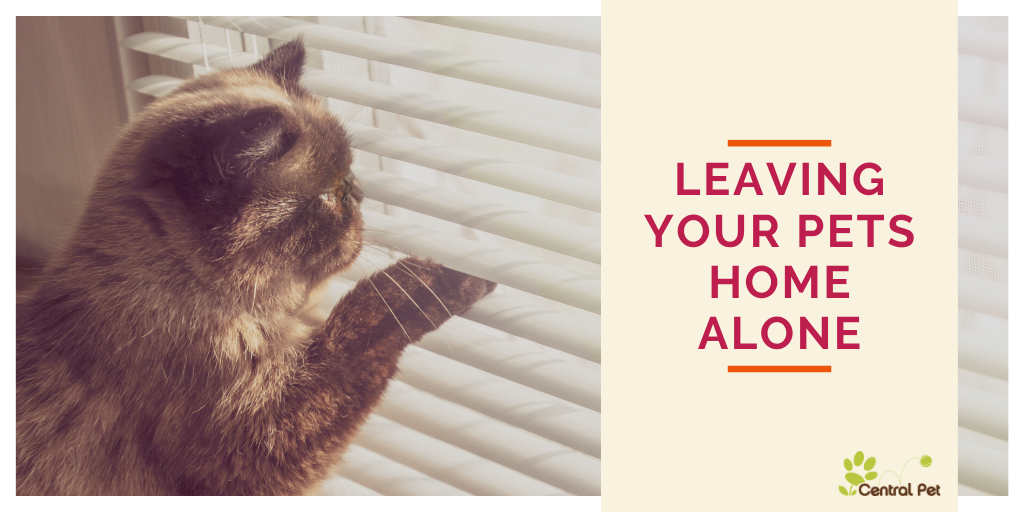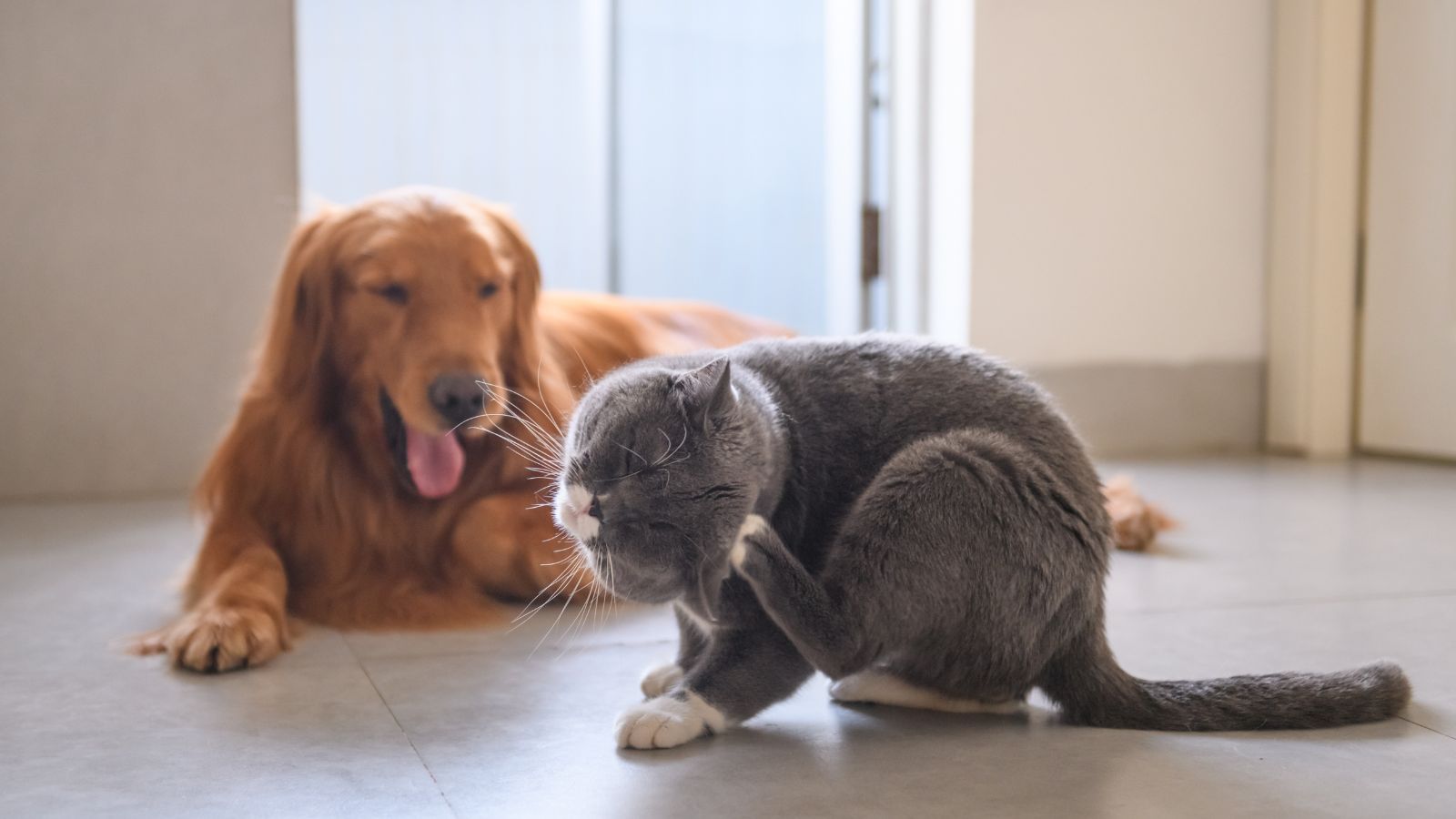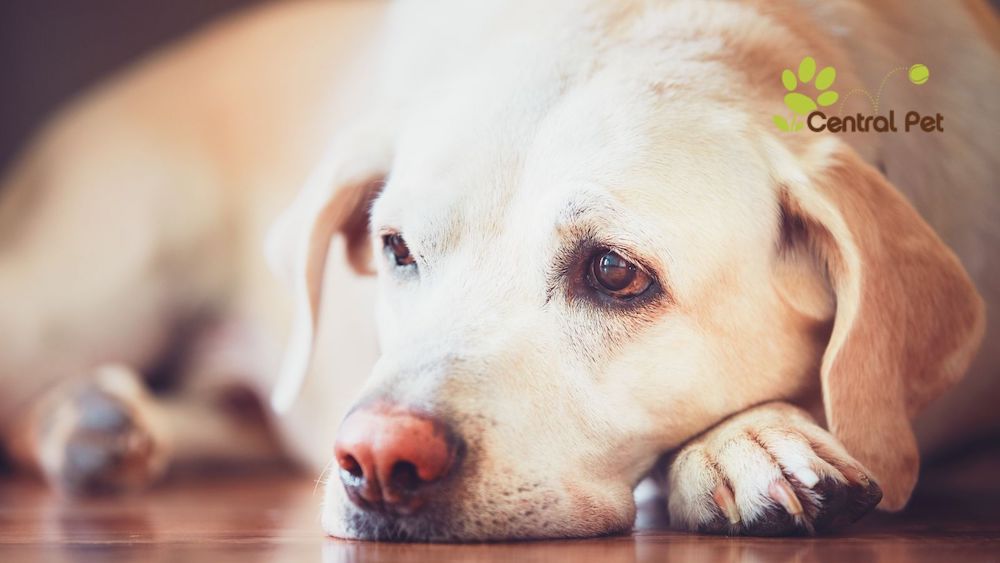How to Keep Your Pets Safe & Happy When You Have to Be Away
We love having our pets around— but sometimes, we have to leave them behind at home alone. The thing is, it’s hard to know what we’ll come back to when we return. Since different types of pets require different amounts of attention and care, it’s hard to predict how they’ll react when their human isn’t nearby. The more you understand your pet, however, the easier it will be to take the necessary steps to keep them safe and happy during the times you have to be away.
Guidelines for Dogs
How Long Can You Leave a Dog Home Alone?
Dogs are social animals who don’t just tolerate human presence, but actively seek it out. Simply put, most dogs enjoy and need closeness with their owner. And when deprived of it, some breeds can feel stressed or anxious in addition to feeling lonely. This means that instead of taking a leisurely nap or playing with a favorite toy, your pup might resort to normally forbidden activities or doing something downright destructive such as:
- Biting
- Scratching
- Escaping the house and getting lost
- Binge eating
- Chewing on furniture or clothes
- Howling and/or barking at random things
While there are no hard-set rules for the maximum amount of time a dog be left alone in a single stretch, there are some guidelines worth following:
- Puppies shouldn’t be left alone for more than 2 hours a day. They need to pee more and aren’t used to being home alone, which can lead to separation anxiety.
- Adult dogs (18 months and older) can handle 4 to 6 hours a day. These dogs are often used to being home alone, don’t need to pee as frequently, and are comfortable sleeping without you there.
- Elderly dogs can be left alone for 2 to 6 hours. This typically depends on whether your elderly dog has any health issues that require more attention.
To help your fur baby feel more relaxed and comfortable while you’re away:
- Make them feel safe by using a swaddle jacket or crate (although a crate isn’t necessarily the best option for long hours of confinement).
- Leave toys for your furry friend to play with.
- Consider a pet camera that allows you to talk to them and/or reward them with a treat for good behavior.
- Dog-proof your home, eliminating things that could be potentially dangerous or disastrous.
- Turn on the TV or radio to block outside noises and provide a soothing background sound.
- For fenced-in backyards, install a doggie door so your pet can venture outside for exercise.
Some alternatives to consider could include:
- Coming home for lunch or asking if you can bring him or her to work on occasion.
- Working from home.
- Enrolling your pooch in Doggy Daycare.
- Hiring a pet sitter or having a friend or family member stop by your home.
Related Read: Is Doggy Daycare right for my dog?
Guidelines for Cats
How Long Can a Cat be Left Home Alone?
In general, we tend to view cats much differently than we do dogs. Sure, they appear to be more independent and don’t always show their affection as openly, but it doesn’t mean that they don’t need you around. Believe it or not, your cat can get pretty lonely when you’re gone for long periods of time! So lonely in fact, that they may become depressed, act clingy, meow excessively, or stop using the litter box. Because of this, it’s important to know more about how much time your cat can handle alone and what you can do to help them manage while you’re away.
How long you can leave your cat alone depends on various factors including their age, health, personality, environment, and habits. Here’s a rough guide you can follow:
- Kittens younger than 4 months old shouldn’t be home alone for more than 4 hours.
- Cats who are 6 months old can handle an 8-hour day without company.
- Full-grown, healthy cats can be left alone for 24 to 48 hours as long as the proper provisions have been left for them.
Some steps you can take to make your kitty feel less stressed while you are gone can include:
- Regulating the indoor temperature to keep them comfortable.
- Setting out plenty of food and water. Automatic feeders and waterers can be helpful in ensuring your feline has enough to eat and drink.
- Adding a second litter box. When you’re not there to scoop out the litter box, it will fill up faster. This could result in your cat finding other places to relieve themselves.
- Letting the TV or radio run to provide sound.
- Setting out a scratching post or toys for entertainment.
- Adding another cat to your household. What better way to keep your cat from getting lonely than by giving him a companion?
If you have to be away from home longer than a night or two, you have a couple of different options. One option is to arrange for someone to come by your home once or twice a day to feed and water your cat, clean the litter box, and spend a little time with your cat to ensure he’s happy, healthy, and comfortable.
Another, better option, would be to board them with experienced professionals where they are able to roam free, interactive with other cats, and get the human to interact that they deserve. A boarding facility with cat condos and the ability to freely roam in a separate cat room is great option for social cats.
The Less Time You’re Away, The Better
Obviously, your pet will be happier the more you’re around— but putting these tips into practice can definitely help them feel more at ease. And, the calmer and more relaxed your pet feels when you’re not at home, the happier you’ll be as well. Regardless of how long you’re separated from your furry friend, be sure to refill his or her love tank when you reunite by going for a walk, playing together, or simply giving a good belly rub or scratch behind the ears.






